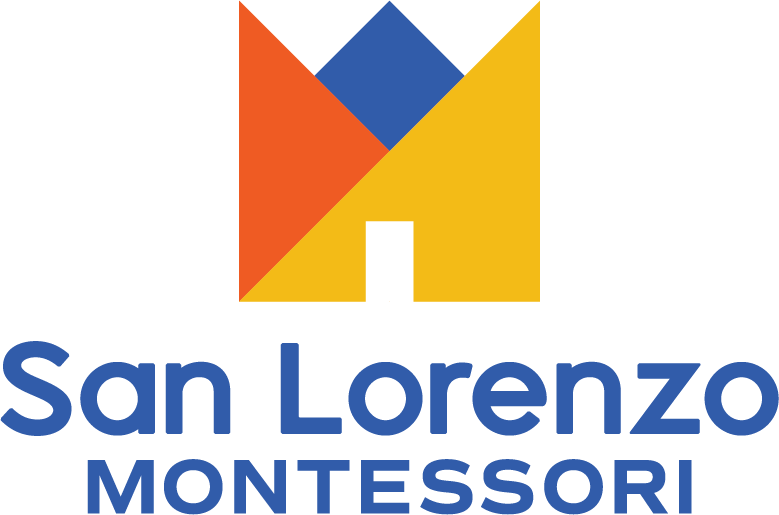Where did Montessori come from?
Montessori emphasizes learning through all five senses, not just through listening, watching, or reading. Children in Montessori classes learn at their own, individual pace and according to their own choice of activities from hundreds of possibilities. Learning is an exciting process of discovery, leading to concentration, motivation, self-discipline, and a love of learning. Montessori classes place children in three-year age groups (3-6, 6-9, 9-12, and so on), forming communities in which the older children spontaneously share their knowledge with the younger ones. Montessori represents an entirely different approach to education.
What is the difference between Montessori and traditional education?
Montessori (pronounced MON-tuh-SORE-ee) education was founded in 1907 by Dr. Maria Montessori. Dr. Montessori was the first woman in Italy to become a physician. She based her educational methods on scientific observation of children's learning processes. Guided by her discovery that children teach themselves, Dr. Montessori designed a "prepared environment" in which children could freely choose from a number of developmentally appropriate activities. Now, a century after Maria Montessori's first casa dei bambini ("children's house") in Rome, Montessori education is found all over the world, spanning ages from birth to adolescence.
Is Montessori good for children with learning disabilities? Gifted Children?
Montessori is designed to help all children reach their fullest potential at their own unique pace. A classroom whose children have varying abilities is a community in which everyone learns from one another and everyone contributes. Moreover, multiage grouping allows each child to find his or her own pace without feeling "ahead" or "behind" in relation to peers.
Are Montessori children successful later in life?
Research studies show that Montessori children are well prepared for later life academically, socially, and emotionally. In addition to scoring well on standardized tests, Montessori children are ranked above average on such criteria as following directions, turning in work on time, listening attentively, using basic skills, showing responsibility, asking provocative questions, showing enthusiasm for learning, and adapting to new situations
When I observed a Montessori style classroom I noticed there was not a lot of opportunities for pretend play. How do the children explore their creativity?
When Dr. Montessori opened the first Children's House it was full of pretend play toys. The children never played with them as long as they were allowed to do real things - ie. cooking instead of pretending to cook. This still holds true today.
Are the children able to interact with each other often?
There is as much interaction as the children desire, but the tasks are so satisfying that, for these few hours a day, children want to master the challenges offered by them. Then they become happier and kinder true socialization. Also, since concentration is protected above all, as all "work" is respected; children learn early on not to interrupt someone who is concentrating.
What special training do Montessori teachers have?
Most training centers require a bachelor's degree for admission. Training ranges from 200 to 600 pre-service contact hours and covers principles of child development and Montessori philosophy as well as specific uses of the Montessori classroom materials. Montessori training centers can be found across North America and around the world
What materials are used?
The sensorial, math, and some of the language and cultural materials (metal insets, sandpaper letters, puzzle maps, bells, for example) are professionally manufactured according to traditional standards that have been tested over many years. Montessori Teachers, for very good reasons, make many of their own practical life and language material instead of buying them as they learn to do in their training, depending on where in the world they live. They gather practical life materials piece by piece. This is an important process that gives a unique quality to each classroom that expresses the culture, and ideas of beauty in each community instead of all classrooms looking alike with no personal touches.
Educational materials in the Montessori philosophy serve a very different purpose than in traditional education where the textbooks or toys are used. In Montessori, the child learns from the environment, and the teacher is there to connect the child with the materials in the environment. The creation of the environment, and selection of materials is done mostly by the teacher and is very important.




